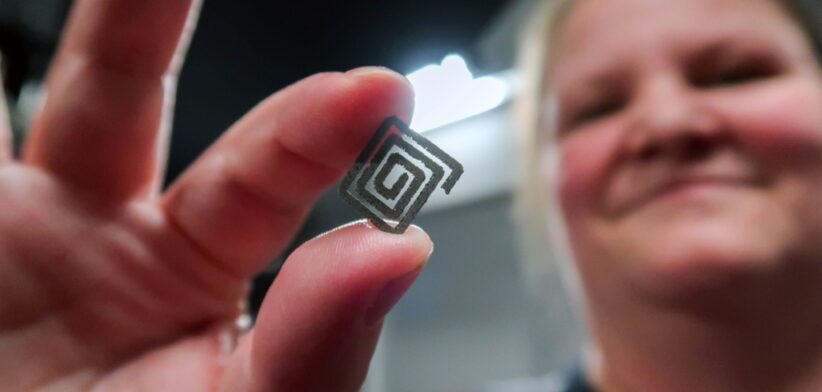A 3D-printed diamond–titanium device, that generates its own power, has the potential to overcome the need for batteries in medical implants.
Developed by RMIT researchers in Melbourne, it generates electricity from flowing liquid and also receives wireless power through tissue.
Senior Lead Researcher Dr Arman Ahnood said the advance paved the way for safer devices.
“Our goal was to overcome one of the biggest limits in implant technology – the battery,” Dr Ahnood said.
“They take up space and eventually fail, which often means another operation. With this approach, implants could run continuously with little or no onboard battery.”
He said the innovation could one day lead to longer-lasting implants such as smart stents, drug-release systems and prosthetics that never need a battery replacement and were precisely tailored to a patient.
“It would involve no active electronics in the implant.”
Dr Ahnood said there were no known devices that could gather energy from both fluid movement and wireless signals, which was enabled by the mix of semiconductive diamonds into a metallic material.
He said the research could also have applications outside the biomedical sector.
“The ability to wirelessly receive power and harvest energy from liquid flow could be valuable in many other industries where sensors are needed in hard-to-access places using some of the most inert material systems.”
Dr Ahnood said the product combined lightweight, strong and electrically conductive titanium with many tiny diamond particles.
“The diamonds transform titanium from a passive, structural implant material into an active, multifunctional platform – one that can scavenge energy, sense flow and receive wireless power while remaining biocompatible and strong,” he said.
Read the full study: Additively Manufactured Diamond for Energy Scavenging and Wireless Power Transfer in Implantable Devices.








